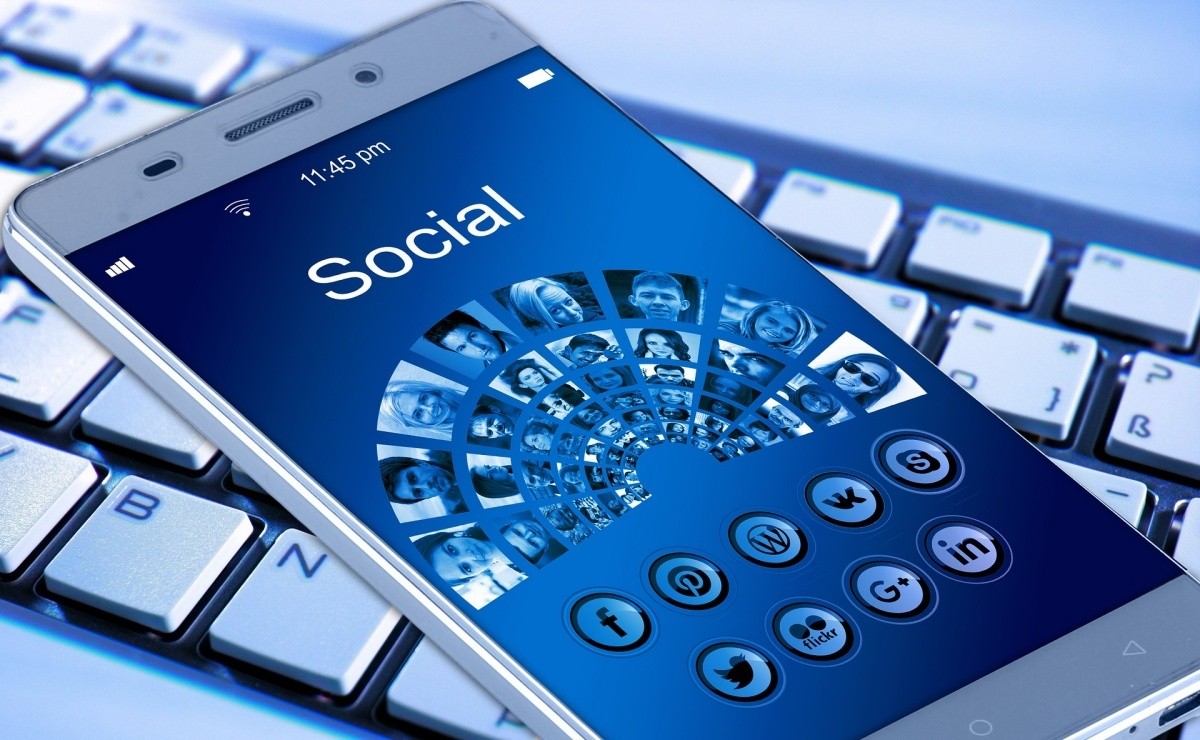
Social networks create addiction, especially among young people, the most vulnerable group. Detecting the warning signs is essential to put a stop to it. On World Social Media Day, June 30, we delve into a problem that affects mental health
Internet is the great technological advance of recent times but one of its risks, in the case of social networks, is to generate a dependency or addiction in more prone people.
The positive is the immediacy, the variety of opinions or the different ways of relating to each other that also entail social and economic changes. However, its growth has had an impact on the mental health of the population, especially the youngest.
Therefore, it is necessary to reflect on how these changes have been and what their consequences are. One of the most notable is the increase in digital addictions.
What is social media addiction?
In the first place, it is necessary to talk about when its use becomes an addiction, to know how to detect it and find a solution.

The mental health experts at the López Ibor Clinic explain: “It is a problem that is on the rise, since new challenges (“challenges”), new applications or games, do not stop emerging.”
In this way, digital consumption is increased, and also addiction, especially in young people and adolescents.
An example of this is the “infinite scroll”, a function that allows users to access different content constantly without having to click.
This form of use in the networks, which was created to facilitate the experience for Internet users, is further promoting addiction. For this reason, “infinite scroll” is also known as “behavioral cocaine”.
According to the report prepared by UNICEF “Impact of Technology on Adolescence. Relationships, Risks and Opportunities”, 1 out of every 3 adolescents in Spain makes problematic use of the Internet and social networks.
Experts warn that this type of addictive behavior is sometimes used as a refuge to avoid suffering and avoid feelings of discomfort.
What is the reason for the high consumption of young people?
Many young people seek social reinforcement through networks by posting personal content and photos. This has an addictive power and leads to a constant need for reinforcement.
According to studies, accumulating many "likes" is equivalent in adolescents to the brain response obtained from eating chocolate or earning a lot of money.
In addition, social networks also influence the mood of young people. The perception of continuous availability and having to always be connected and up-to-date with the latest news is related to symptoms of anxiety, depression and sleep disturbances.
On the other hand, from time to time a "challenge" appears, which becomes viral through social networks. This can have a direct impact on young people, who want to carry it out in order to receive immediate reinforcement from others.
In this way, challenges have arisen that are especially aimed at adolescents, who, by putting their lives in danger, experience it as something exciting and attractive.
From the López Ibor Clinic they warn of several alarm signals such as:
Interferes with daily life. When its use is excessive and uncontrolled, it can interfere with the satisfactory life of the person. Addiction can derive from the use of social networks, compulsive purchases, online games, or any other type of Internet browsing.
It is a regulator of emotional discomfort: When the person depends on networks to manage emotional discomfort, it is an alarm signal. When discomfort cannot be regulated, it increases and encourages a greater desire to perform the problem behavior.
There is discomfort. Although their consumption is not daily, if not having access to the internet creates a feeling of discomfort, it is a symptom of alarm.
There is a loss of control. When many times you are not able to decide how to act or how not to act, creating a feeling of helplessness towards oneself.
Eight help tools
Understanding that there is a problem is the first step in coping with addiction. The experts at the López Ibor Clinic point out eight 8 aspects to treat the problem:
Addiction has a function. It is important to understand that the use of addictive behavior is usually fulfilling a function and it is possible that we need to acquire other tools that help us learn to live without addictive behavior.
Establish limits and rules for mobile use. Adjust the time of use and exposure to the internet day.
- Adults must be the reflection of the limits of use. Addiction to social networks and video games is on the rise among children and adolescents. For the first time, the World Health Organization included video game addiction in its International Classification of Diseases
- Do not use the mobile in bed, in the bathroom, in consensual family moments or in scheduled activities with family or friends.
- Ask for help from professionals when you have doubts or adverse reactions that are difficult to control when the situation is already assuming a behavior problem.
- Addictions must be treated. Even if there is relapse, recovery is possible. There is always an opportunity to learn from them and stop doing them.
- Do not fall into a pessimistic attitude. When there is relapse or no progress is seen, it is important not to fall into a pessimistic attitude. When this happens, it is necessary to be guided by a therapist who helps to clearly see the expectations and possibilities that the person has.
- Recovery in phases. To treat this type of behavioral addiction, it is important to detoxify the patient, which is carried out from the start of treatment, with the aim of reducing their high level of craving. Once these objectives have been achieved, the behavioral change phase begins, where healthy habits and the improvement of social and family relationships are favored.